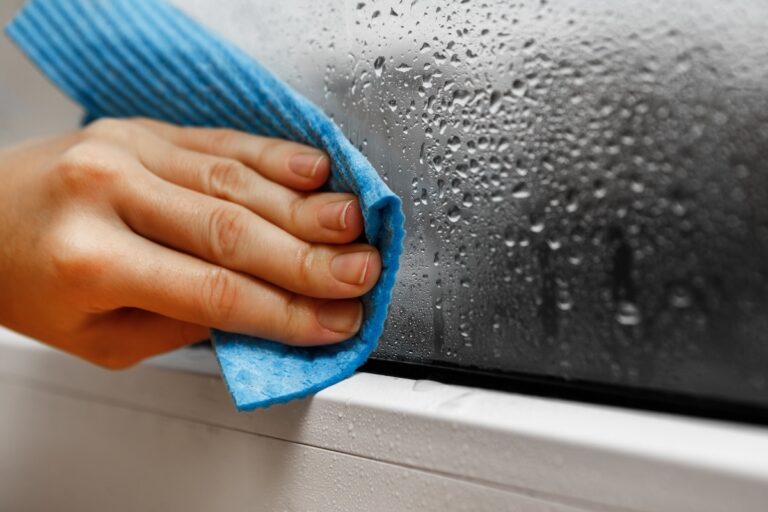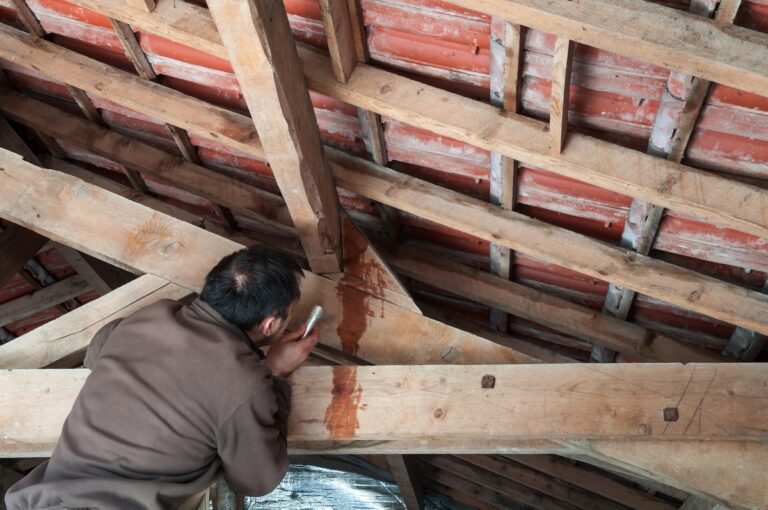Roof eaves are one of the most overlooked yet essential parts of any roofing system. Extending beyond the edge of your roofline, they protect your home from water damage, improve ventilation, and enhance curb appeal. Understanding how roof eaves work, the different styles available, and how they contribute to attic ventilation can help homeowners maintain a stronger, more efficient roofing system.
- Protection: Roof eaves help direct rainwater away from walls and foundations.
- Efficiency: Proper ventilation under the eaves prevents moisture buildup and temperature imbalance.
- Aesthetic appeal: Eaves add architectural character and dimension to a home’s design.
In this guide, we’ll explain how roof eaves function, outline common eave styles, and share tips for maintaining proper airflow and protection for your roof in Springboro and surrounding areas.
What Are Roof Eaves?
Roof eaves are the edges of a roof that extend beyond the walls of a house. This overhang provides a critical barrier between your home and the elements. Without eaves, rainwater would fall directly down the exterior walls, leading to water infiltration, rot, and even foundation issues.
- Water control: Eaves direct water into gutters, preventing it from seeping into the siding or windows.
- Sun protection: In summer months, eaves provide shade that helps regulate indoor temperature.
- Ventilation support: Many eaves include soffit vents that allow air to circulate through the attic space.
- Structural balance: The overhang adds depth and proportion to a roofline, improving both aesthetics and function.
Even though they seem simple, roof eaves perform a complex combination of protective and aesthetic roles that benefit your entire home.
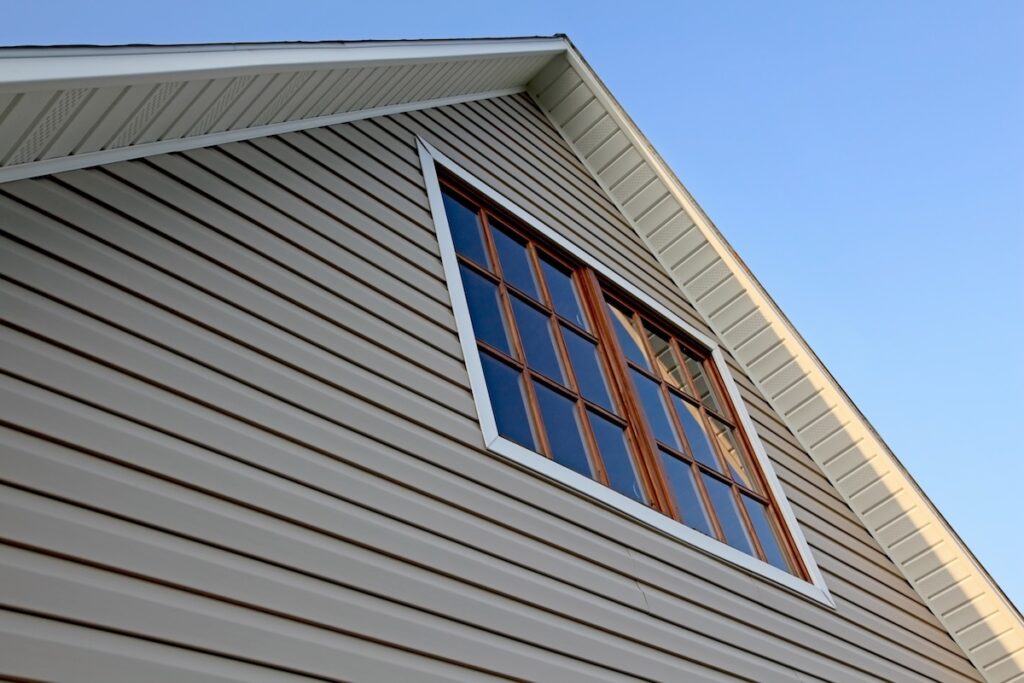
Components of a Roof Eave
Each part of an eave serves a purpose. Understanding these elements helps you identify problems early and keep your roofing system working properly.
- Fascia board: Runs along the edge of the eave and supports the gutters. It also provides a smooth surface for attaching drip edges.
- Soffit: The underside of the eave, often ventilated, that connects the roof edge to the exterior wall.
- Drip edge: A thin metal flashing that directs water away from the fascia and into the gutters.
- Gutters and downspouts: Collect and channel rainwater safely away from your home’s foundation.
Together, these parts form a complete water management and ventilation system.
Common Styles of Roof Eaves
Different home designs call for different eave configurations. The style you choose affects both appearance and function.
- Open eaves: Expose the rafters underneath the roof, often used in craftsman or rustic designs. These add visual detail but require regular maintenance to prevent weathering.
- Closed eaves: Use soffit panels to enclose the underside, offering a clean, finished appearance. This style is common in modern homes and reduces pest access.
- Boxed-in eaves: Feature vertical fascia boards that connect to soffits, forming a boxed edge for extra definition and protection.
- Decorative eaves: Include carved brackets, corbels, or molding that enhance architectural appeal while still providing weather protection.
Each style serves a purpose—whether to highlight design features or improve ventilation and drainage.
5 Benefits of Properly Designed Roof Eaves
Roof eaves do much more than provide shade. They’re an integral part of how your roof performs over time.
- Enhanced Weather Protection
Eaves shield walls and windows from heavy rainfall, helping prevent rot, mold, and water infiltration. - Improved Attic Ventilation
Soffit vents built into eaves allow air to circulate, keeping attic temperatures balanced and reducing moisture buildup that can lead to mold or structural issues. - Energy Efficiency
By reducing solar heat gain in summer and allowing for better insulation in winter, roof eaves contribute to overall home efficiency. - Structural Longevity
Keeping water away from the home’s foundation and siding prevents cracks and damage over time. - Curb Appeal
Well-designed eaves frame your roofline and can significantly improve the look and balance of your home.
A properly constructed eave system adds both value and long-term protection to your property.
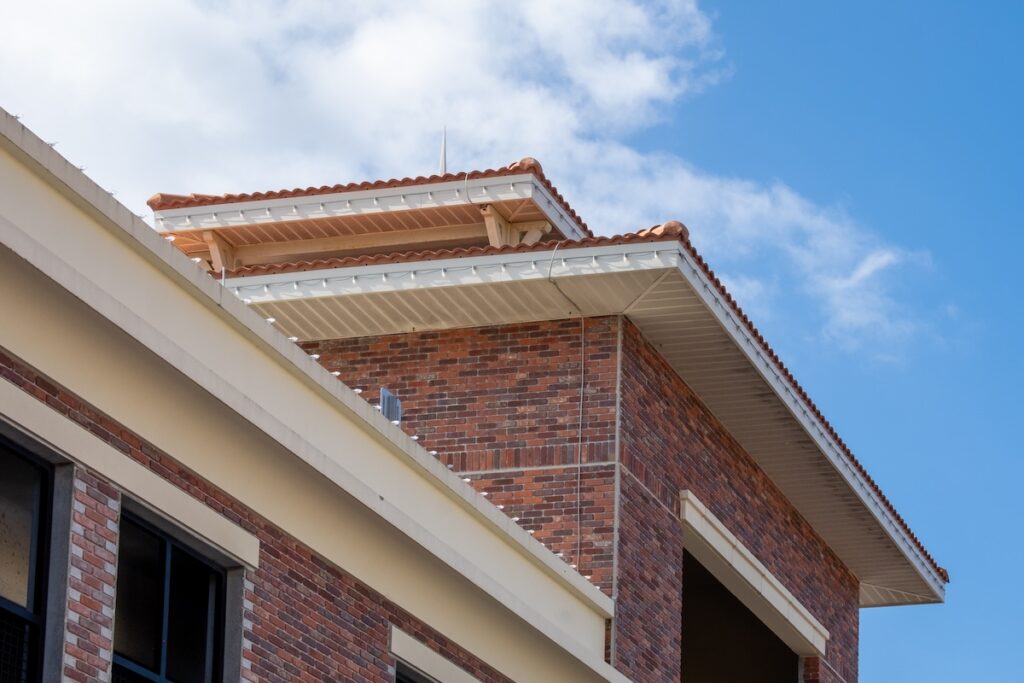
The Importance of Eave Ventilation
Ventilation is one of the most important yet misunderstood aspects of roof eaves. Without airflow, your attic can trap heat and moisture, leading to serious roofing problems.
- Heat regulation: Proper ventilation helps maintain stable attic temperatures, preventing shingles from overheating.
- Moisture control: Airflow removes humidity that could otherwise lead to mold or rot.
- Ice dam prevention: In colder climates, balanced airflow reduces the risk of ice dams forming along roof edges.
- Extended roof life: Cooler, drier attics help preserve the lifespan of both shingles and roof decking.
Soffit vents work together with ridge or gable vents to create continuous airflow from the eaves upward through the attic. This system ensures your roof “breathes,” maintaining ideal conditions year-round.
Signs Your Roof Eaves Need Attention
Even the best eaves can deteriorate over time. Watch for these signs that maintenance or repair may be needed.
- Peeling paint or stains: Could indicate poor ventilation or water buildup inside the eave.
- Sagging or warped soffits: Often caused by moisture damage or pest activity.
- Rotting fascia boards: Usually a sign that gutters are overflowing or the drip edge isn’t functioning correctly.
- Pest nests: Birds, wasps, and squirrels often seek shelter in open or damaged eaves.
- Visible mold or mildew: Points to excess humidity or blocked ventilation.
Early detection allows for affordable repairs and prevents more serious roofing issues down the line.
Maintaining and Cleaning Roof Eaves
Keeping your roof eaves in good condition is simple but requires regular attention.
- Clean gutters twice a year: Remove leaves and debris to ensure proper drainage.
- Inspect for rot or cracks: Replace damaged boards promptly to prevent spreading decay.
- Check soffit vents: Make sure vents aren’t clogged with insulation or debris.
- Touch up paint or sealant: Protects wood surfaces from moisture and UV damage.
- Hire professional inspections: Experienced roofing contractors can identify small problems before they become major repairs.
Routine maintenance protects your investment and ensures your eaves continue to perform their critical functions.
How Roof Eaves Affect the Rest of the Roofing System
While eaves are just one part of your roofing system, their condition influences the performance of the entire structure. If gutters overflow, moisture can back up under shingles, leading to roof leaks or interior damage. Poor ventilation may also shorten the life of insulation and roof decking.
Working with a qualified roofing company ensures your eaves, fascia, and ventilation systems all function together effectively. A well-balanced design keeps your attic cool, your walls dry, and your entire home protected.
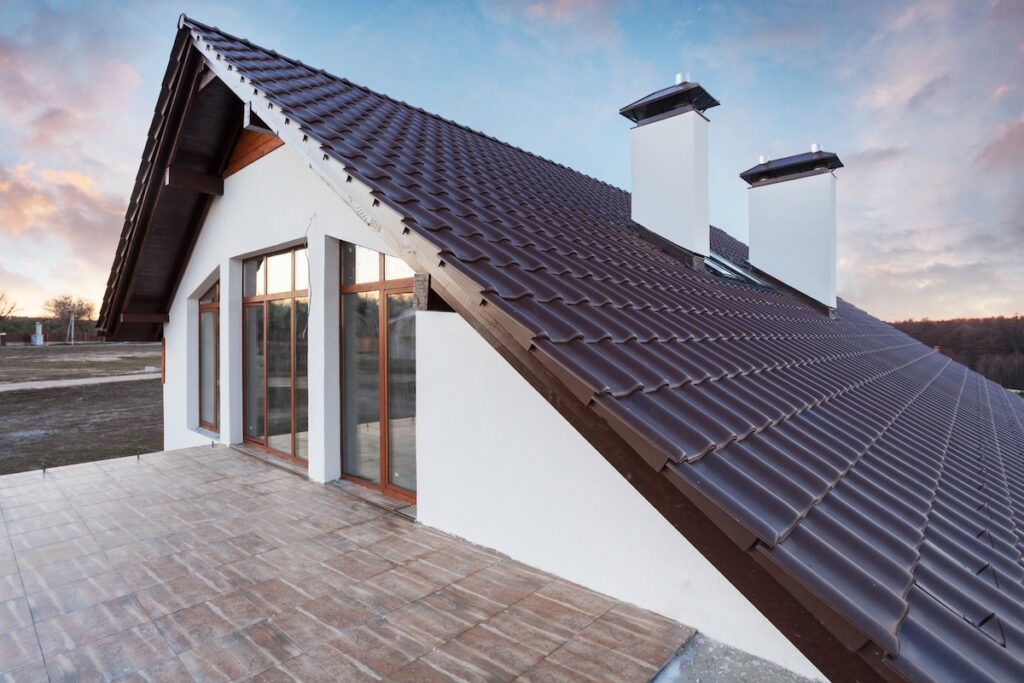
Protecting Your Home With Johnson Restoration
Roof eaves may seem like a small detail, but they play a major role in your home’s protection and comfort. Understanding how they function helps you identify early warning signs of damage and maintain proper ventilation.
At Johnson Restoration, we help homeowners in Springboro and surrounding areas protect their homes through expert roof replacements, storm damage repairs, and long-lasting roofing solutions. Our team focuses on quality craftsmanship and attention to detail—ensuring that every part of your roof, from shingles to eaves, performs as it should.
If you’ve noticed deterioration, wind damage, or moisture issues near your roof eaves, contact Johnson Restoration today. Our experienced roofing contractors are ready to provide honest advice, dependable service, and the peace of mind that comes with working with a trusted local roofing company.




